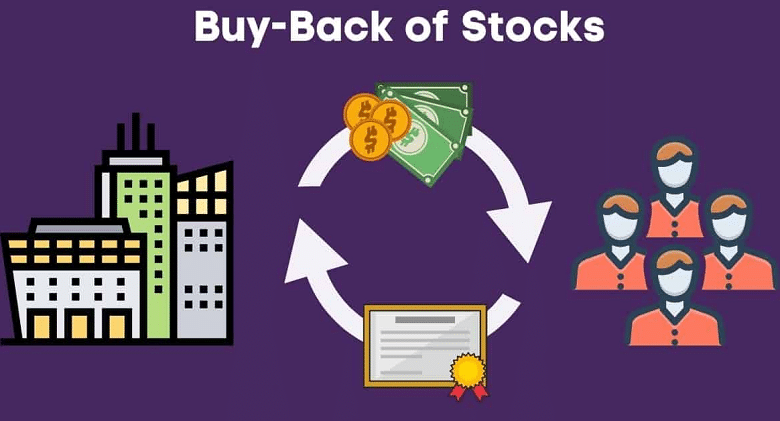Decoding The Mechanism: What Are Share Buybacks And How Do They Work?

Share buybacks let companies reduce the number of shares available, boosting their market value. But understanding how they work helps investors grasp the strategic power behind the move. Could a connection with educational experts just Learn more here which help traders decode the intricate workings of share buybacks?
Explanation of the Buyback Process
A share buyback is when a company repurchases its own stock from shareholders. This can happen through open market transactions or by offering to buy shares directly from investors. The company uses its available cash reserves or, sometimes, takes on debt to fund the buyback.
But why do companies do this? It’s mainly about reducing the number of outstanding shares. Fewer shares mean each remaining share represents a larger piece of the company, potentially increasing its value. When the stock is bought back, those shares are either canceled or held as treasury shares.
This method is often used when companies believe their stock is undervalued or when they want to boost financial metrics like earnings per share (EPS). Imagine you own a slice of pie. Now, if that pie shrinks, your slice automatically becomes bigger, right? That’s essentially what happens with buybacks.
However, companies have to be careful. Using too much cash for buybacks can hurt long-term investments like research and development.
Plus, some critics argue that buybacks artificially inflate stock prices without adding real value to the business. This is why investors need to watch how buybacks are funded and what the company’s long-term goals are.
Key Regulatory Considerations and Corporate Governance Around Buybacks
When companies initiate buybacks, there are important rules they need to follow. The Securities and Exchange Commission (SEC) in the U.S., for instance, imposes strict regulations to prevent companies from manipulating stock prices. Buybacks are restricted during certain times, such as just before an earnings announcement, to prevent any unfair advantage.
Corporate governance also plays a huge role in buybacks. The decision to repurchase shares isn’t just made on a whim; it must go through approvals by the board of directors, who are responsible for ensuring that the action benefits shareholders. The board also needs to balance the buyback with the company’s other financial obligations—like debt repayment or expansion plans.
Ever hear the saying, “Too much of a good thing”? Buybacks can sometimes fall into that trap. Overusing them, especially during uncertain financial times, can signal to investors that the company is running out of growth ideas.
Some companies may even borrow heavily to fund buybacks, raising concerns about long-term sustainability. It’s essential that companies comply with regulations and maintain transparent governance practices, so they don’t risk future financial health just to please short-term investors.
Differentiating Between Open Market Repurchases, Tender Offers, and Private Negotiations
There are three main methods companies use to conduct buybacks: open market repurchases, tender offers, and private negotiations. Each has its own mechanics and impact on shareholders.
Open market repurchases are the most common. Here, the company buys back shares just like any other investor, through the stock market. This approach is flexible, allowing the company to purchase shares over time. It’s often used when a company wants to signal confidence without making a big splash.
In contrast, tender offers are more direct. The company offers to buy a large number of shares at a fixed price, often higher than the current market price. Shareholders can either accept the offer or hold on to their shares. Tender offers can be used when a company wants to make a significant impact quickly, but it also costs the company more upfront.
Finally, private negotiations occur when a company buys back shares from a select group of shareholders, often large institutional investors. This method is less common and can sometimes raise eyebrows about favoritism or insider dealing. But in certain cases, it’s a quick and efficient way for the company to reduce its share count without affecting the broader market.
Think of these methods as different tools in a toolbox. Each serves a purpose, but companies must choose wisely depending on their goals and market conditions.
Conclusion
Share buybacks are more than just a financial maneuver—they signal confidence in a company’s future. Investors benefit from both the increased EPS and the stronger market positioning.





